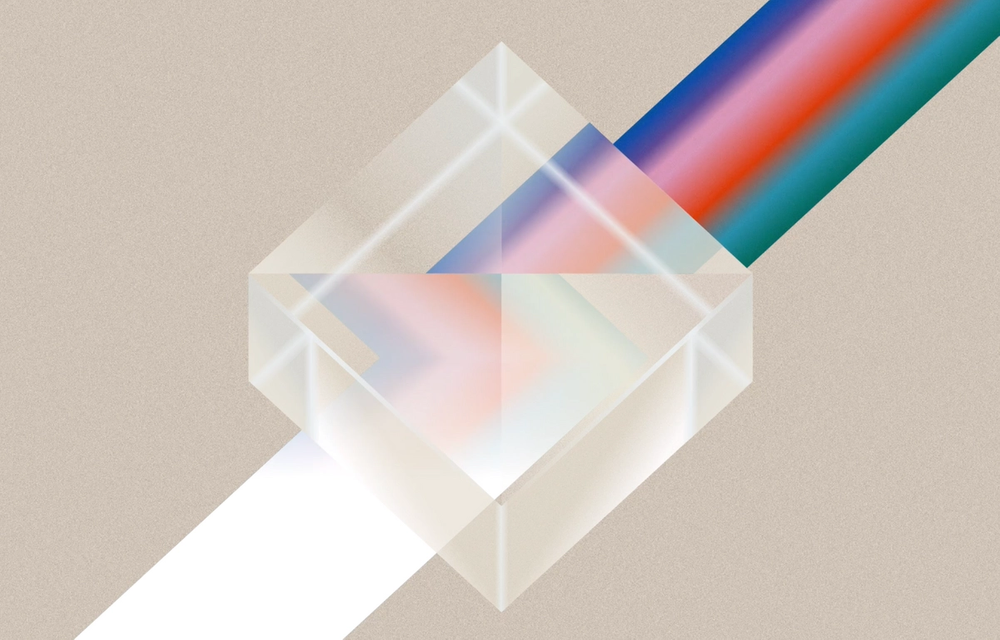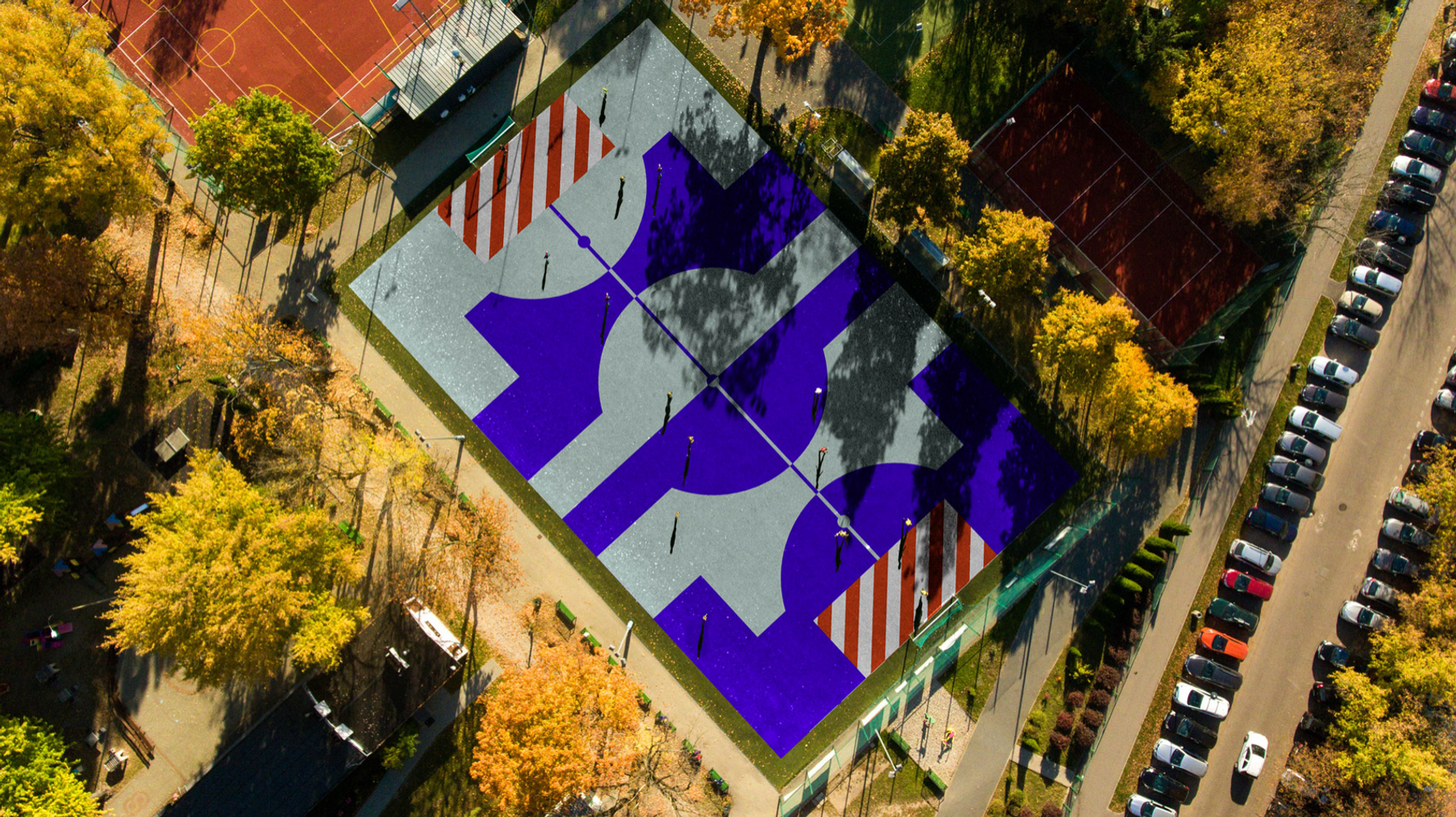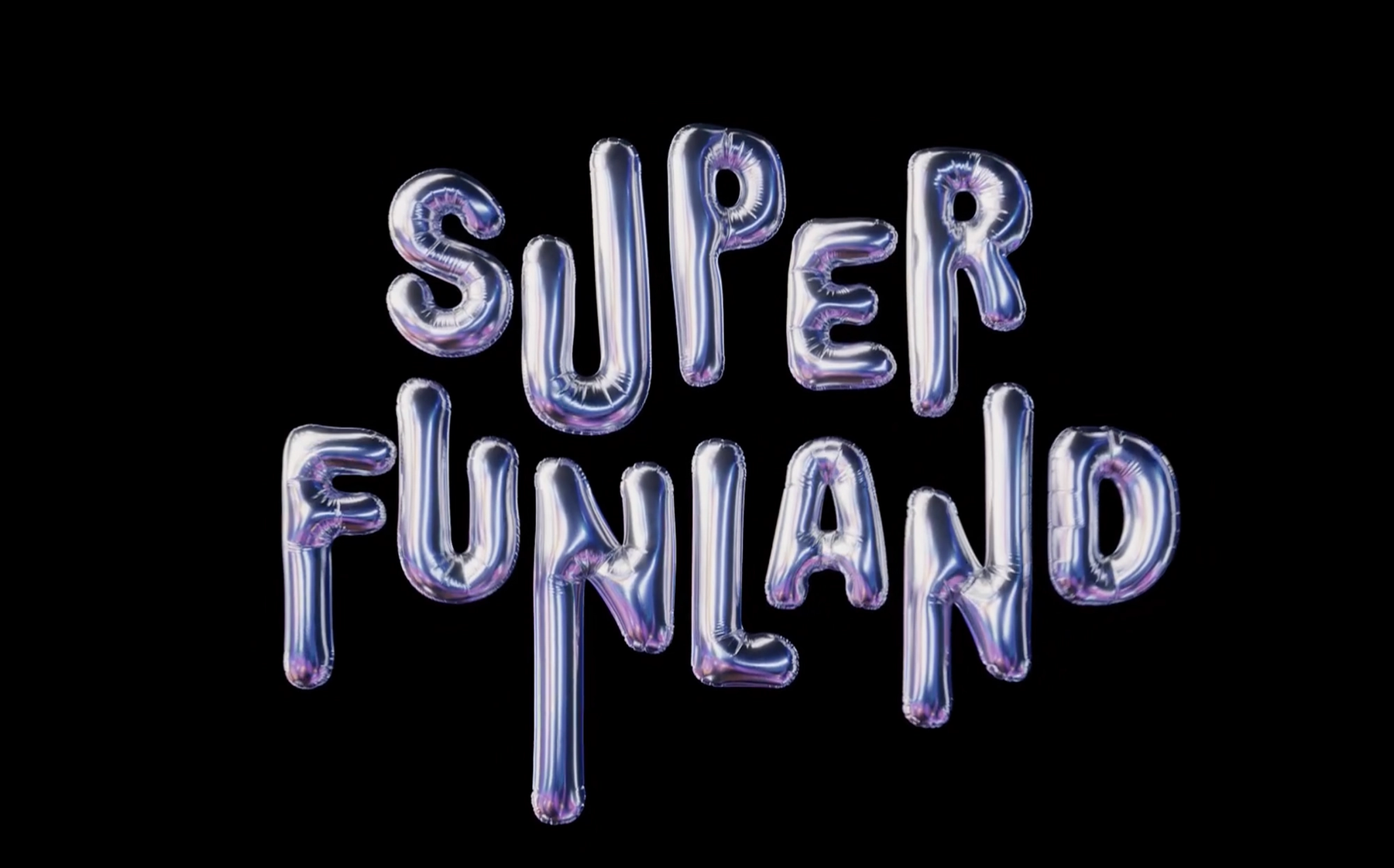At any given moment, there are multiple, parallel futures fighting for dominance—emerging from science, politics, corporate visions, counter cultures, and media. We as a species stand at the crossroads of change. Do we give in to fear and wither or use our imagination to build better tomorrows?
There was the day before Mount Vesuvius erupted and there was the day after.
Nearly 2,000 years later, the completeness of the devastation—and its preservation—is still breathtaking, attracting millions of tourists and millions of tourists’ dollars. Until, of course, Covid-19—another disaster, but much larger and completely invisible—not only shut down Pompeii and Rome and Italy, but every country on the planet.
At COLLINS, our job is to help companies define the future and then shape their part in it. But the truth is this: There isn’t one future. There never has been. There are many futures, all in constant competition—mixing, sparking, shifting, merging, emerging, changing. It’s dynamic, disruptive, chaotic, and brilliant. And from the vantage point of a far distant future, it’s seemingly inevitable.
A clever advance in one future (music file-sharing) jostles its way into another future (TV and movie streaming) and in a blink, they merge just in time for a pandemic lockdown. I’ve been watching reruns of the 1960s TV series Bonanza (“In Living Color!”) with my 85-year-old mom in between viewings of Chitty Chitty Bang Bang on Netflix. Our creative team published all of their favorite lockdown songs—branded “Quarantunes”—on Spotify.
Who knew “streaming culture” would be a thing?
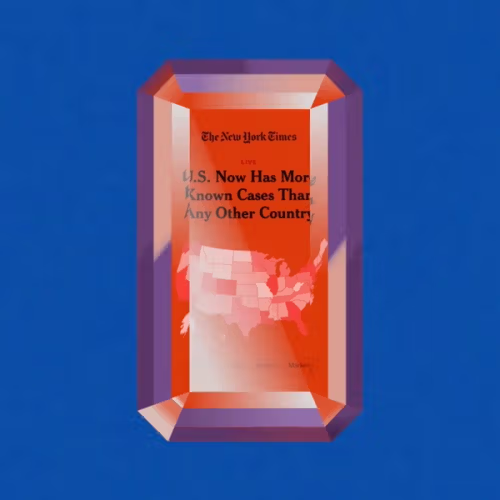
Mess is more
Our work can no longer be about designers’ fetish with reductive “simplicity.” That’s reductive thinking from the middle of the last century. Leave it there.
Our work must now be about embracing complexity, connection, possibility, imagination, and transformation. As designers, we spot shifts. We sense critical mass. In the mess we see the potential and we turn it into reality.
Yet all of these futures—the big and the little, the good, the bad, and the decidedly mixed — are nested within a future ruled by the rhythms of the sun, the moon, the pull of gravity, and the occasional wayward asteroid. This is NATURE, writ large. This is the greater whole, the backdrop against which all of our stories—our futures—play out.
We’ve lived our lives assuming we were center stage. “Human-centered” design, anyone? (Yes, words matter.) So it is beyond humbling that a microscopic virus should be in the spotlight, teaching us about division and connection, ignorance and intimacy.
Covid-19 has driven us apart—six feet apart (at least) and wearing a mask, please. But it has also pulled us together, giving us a chance to be part of something important and good and bigger than any one of us. Scientists are sharing research to develop vaccines and drugs. Everyday folks are hacking solutions for better masks and social distancing. People are using YouTube and Tik Tok to share music, dance, and theatre performances. Twitch, the gaming platform, has become the center of dynamic communities for live music and the Black Lives Matter movement. And we’re all using Zoom, early and often, for just about everything else.
There’s a kid flying his drone camera, speeding through an empty, silent Rome. Dancers from l’Opéra de Paris document and share their practice sessions on their phones. I’ve rarely seen videos as poetic and personal like these, yet here they are by the thousands.

Against impossible odds and barriers, some amazing people in San Francisco tried to engineer (read: hack) ways to quickly turn common, cheap surgical masks into solutions that are as safe as N-95 masks. The result has been remarkably successful as this small team of engineers worked around the clock—designing at speed, designing for scale.
Incredibly, there are rich celebrities who, instead of doing tone-deaf sing-alongs with other rich celebrities on YouTube, refuse to virtue-signal in public. Instead, they quietly place their resources into efforts and donations that make immediate, life-shaping differences for families in need. (If you wish, you can help those families out, too, here. )
All of this speaks to our best selves.
But there is plenty out there that speaks to our worst selves, too, starting with the reason for those original mask and ventilator shortages in the first place. From fraudulent phishing scams preying on the vulnerable, to protests that conflate a disdain for science with patriotism, the crisis has also revealed a meanness of spirit where selfishness trumps compassion, lies trump honesty, and bigotry trumps all.
Futures that seemed so clear, so prosperous, so obtainable only several months ago have been swept aside, replaced by a new, far more disturbing suite of futures defined by massive unemployment, shuttered schools, a commercial real estate market in chilly stasis, a probable return to more urban lockdowns, and a global economy tumbling into an abyss—even as stock markets soar.
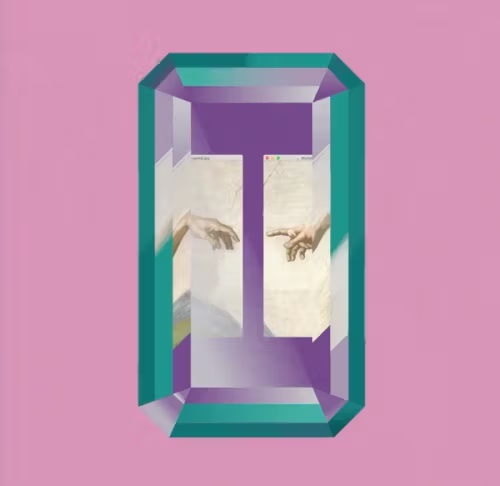
Every trip to the grocery store has become a risky lesson in supply and demand: the toilet paper aisle is still Exhibit A, eight months in, illustrating the phony bounty of “just-in-time” inventory. We are only beginning to see the real effects of this crisis, and it’s hard to imagine the cascading implications.
But unlike that day after in Pompeii nearly 2,000 years ago, we still have futures. And those futures behave as they always have: in constant competition—mixing, sparking, shifting, merging, emerging, changing.
We are now at that big fork in the road. The past is behind us. There is no going back. There is no “again.”
But we do have choices, which is a gift.
We can change direction. We can create new paths. New futures.
As designers, we’re in a position to ask important questions about the impact of our work: Does this project help make our air and water cleaner? Our skies bluer? Expand opportunity? Broaden prosperity? Advance knowledge, science, and truth?
Potent truths are surfacing, including the facts that our very society depends entirely on a nurse tending our sick loved one, a front-line dock worker lifting medical supplies off a ship, a grocery clerk placing milk and eggs safely into a family’s car, and a first-grade teacher helping a child learn to read over Zoom.
Historically, these people have been the most undervalued among us. The next time you see an “essential worker,” thank them. Again. (If you are one, thank you for everything on my family’s table, their health, and for all that’s being taught to my young nieces and nephews.)
We can learn from the past, and we can do better. This is a rare moment when just about everything is being reimagined, from supply chains and healthcare to education and elections to typography. Everything is up for grabs.
It’s our time, designers. Yes, some of us are suffering through unbearable loss. Two friends of mine are now gone. But I am not locked in volcanic stone or covered with ash.
Neither are you.
As designers, we play a pivotal role.
Our better futures are waiting for us.
